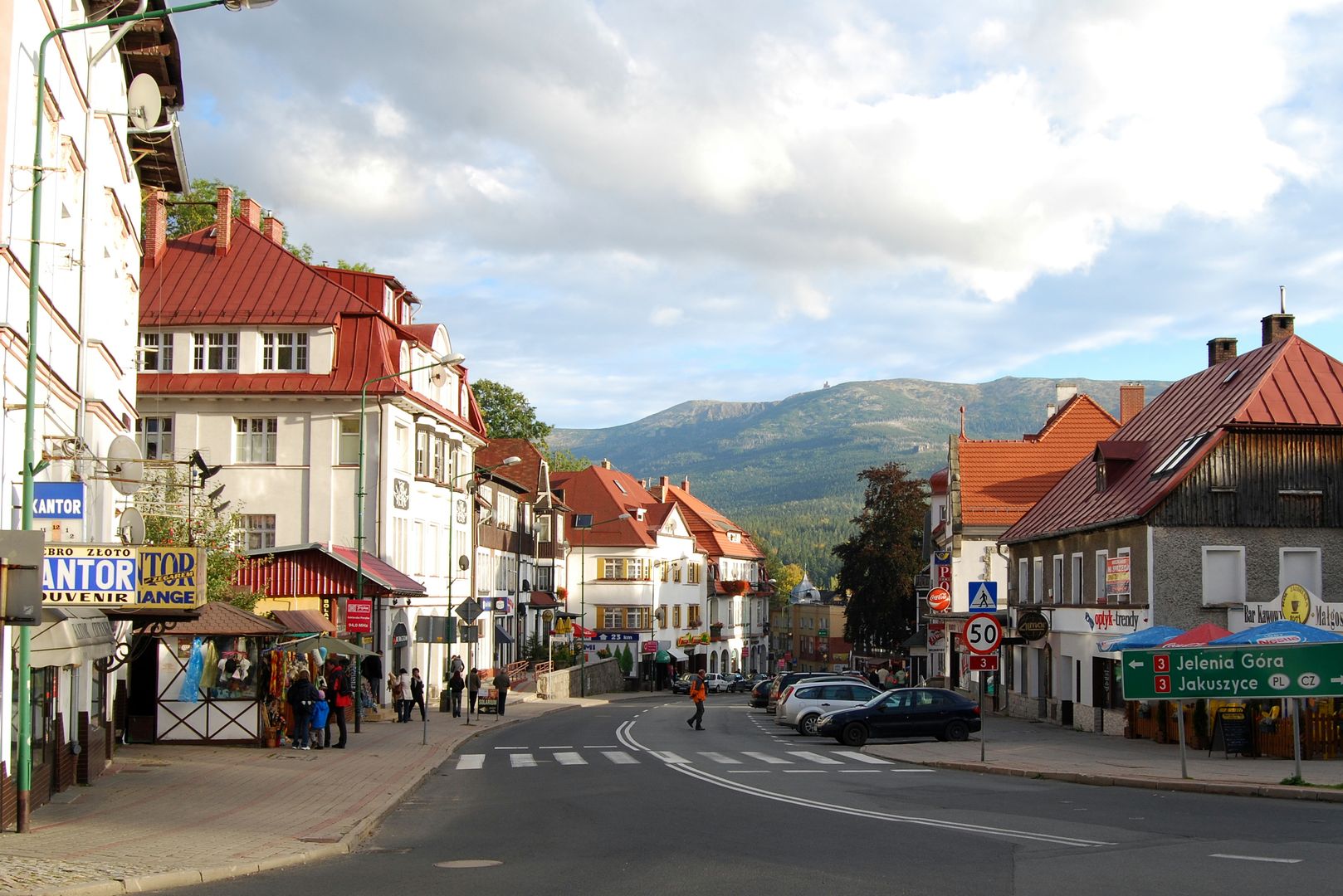Upper Szklarska Poręba
6.01

Overview
Szklarska Poręba Górna, a district of the town of Szklarska Poręba in the Lower Silesian Voivodeship, is situated in the valley of the Kamienna River. It is renowned for its picturesque hiking trails, including the Main Sudeten Trail, and for its attractions related to glassmaking. The history of the area dates back to the 13th century, when the Order of St. John from Cieplice discovered the region's natural resources. Intensive searches for precious stones and the development of metallurgy contributed to the colonization of the area, resulting in the establishment of settlements along stream valleys. The region's history was further enriched in 1578 by the arrival of Czech Protestants, who settled at the foot of Mount Szrenica. Their activities in the field of natural medicine became well-known. Szklarska Poręba Górna managed to survive various historical upheavals—the town was incorporated into Poland in 1945 and obtained city rights in 1959. Sites related to glassmaking, such as the former "Julia" glassworks, were the main source of income for local residents for many years. The main architectural features of the town are guesthouses, restaurants, and mountain shelters that attract tourists. The area also abounds in sports attractions, with a former bobsleigh track that hosted world championships as an interesting highlight. Szklarska Poręba Górna is characterized by a specific microclimate that draws nature lovers and active vacationers, offering unforgettable views of the surrounding mountains, including Szrenica and Wysoki Kamień. This is a place worth noting not only for its tourist attractions but also for its rich history and unique culture.
Location
2025 Wizytor | All Rights Reserved